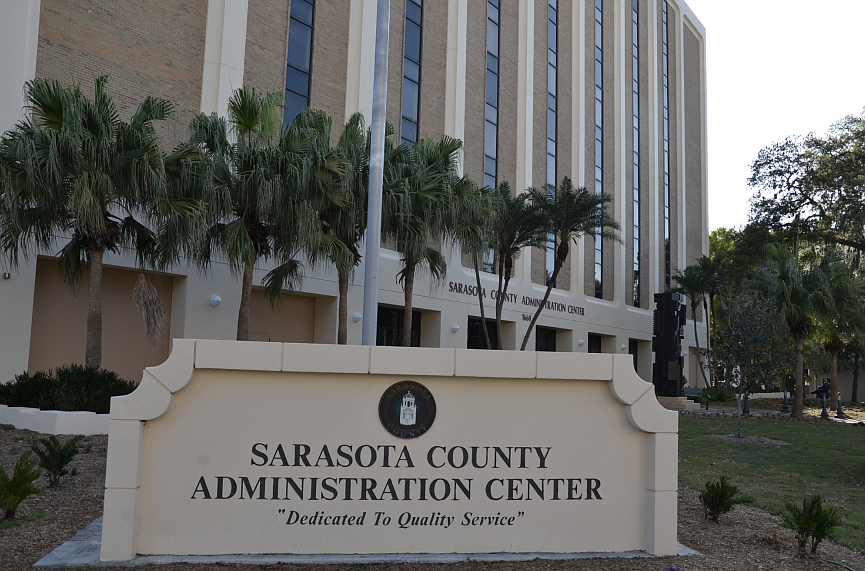- December 18, 2025
-
-
Loading

Loading

At the forefront of the county’s development debate is its comprehensive plan.
The plan serves as a guide for all future development in Sarasota County. The County Commission, despite some residents voicing concerns the changes work in favor of developers, on Tuesday approved the plan.
County staff began the undertaking 18 months ago to bring the plan up to date. In addition to reflecting present conditions in the county’s policies, staff also sought to simplify the technical document for the public’s use. The result is a two-volume document more than 1,300 pages long.
During the course of the public review of the revised comprehensive plan, residents have continued to raise concerns about perceived pro-development changes. That continued Tuesday. Nearly 20 residents spoke during the open-to-the-public portion of the commission meeting, all speaking to the same issues.
“Protect the quality and integrity of our established neighborhoods,” Siesta Key resident Margaret Jean Cannon said. “That’s our green space. That’s our open space. That’s our nature and the other amenities that we have. That has got to be protected from the adjacent or adjunct development.”
Kafi Benz, president of the Sarasota County Council of Neighborhood Associations, is also concerned about the implications the update could have on future development.
Residents wary of projects like the new Whole Foods Market being constructed on University Parkway say the county is losing its ability to manage future developments.
Beyond those concerns, she also fears the changes would make it more difficult for community members to advocate for their interests.
“The primary thing, in my opinion ... is the size of the changes that are being proposed,” Benz said prior to the meeting. “How are people in the neighborhoods going to learn this well enough to be effective, to interpret before the commission and be able to negotiate efficiently on their issues?”
Benz said many residents worked on the previous iterations of the plan. She fears making more than 80 changes to the document will make it difficult for residents familiar with the plan to work with the county — though many of the changes are relatively minor, combining policies and changing single words.
Although community members were asked for their opinions on particular proposals throughout the update process, Benz would have liked to see greater citizen participation while those proposals were being constructed.
“If we were going to do an update of the comprehensive plan, I would have wanted a clean slate to begin with,” Benz said. “Have the community come together over a great length of time to create a comprehensive plan, not just criticize an update.”
Lourdes Ramirez is one of the activists who contributed to the 2006 comprehensive plan update.
Ramirez has her own concerns about the changes, though she is more worried about what she sees as contradictory language within the plan’s future land use and housing policies.
Ramirez, a Siesta Key resident, worries about how those chapters will impact the county’s barrier islands. A portion of the future land use policy states that a new development cannot increase the density or intensity of a property’s use on barrier islands. She points to a different policy in the housing chapter that encourages allowing more accessory dwelling units, such as mother-in-law apartments, and says that contradicts the policy for barrier islands and could be exploited by developers.
“By putting in all this different language, it kind of null-and-voids the other,” Ramirez said.
County staff says the prohibition on more intense developments on barrier islands clearly supersedes the housing policy.
“The specific wording of (the land use chapter) would trump the generalized wording of the proposed new policy to study and come up with an ordinance amendment to foster accessory dwelling units,” Allen Parsons, the county’s planning manager, said.
After commissioners approve the plan, the changes will go to the state for final review. If approved, the new policies go into effect 31 days after Tuesday’s meeting.
Still, even after the changes, activists vocal about growth-related issues will likely remain vocal.
“The principal issues are compatibility with the neighborhoods, congestion, conservation of resources and environmental protections,” Benz said. “Those are the four things that are really important to the voters and citizens of Sarasota County.”